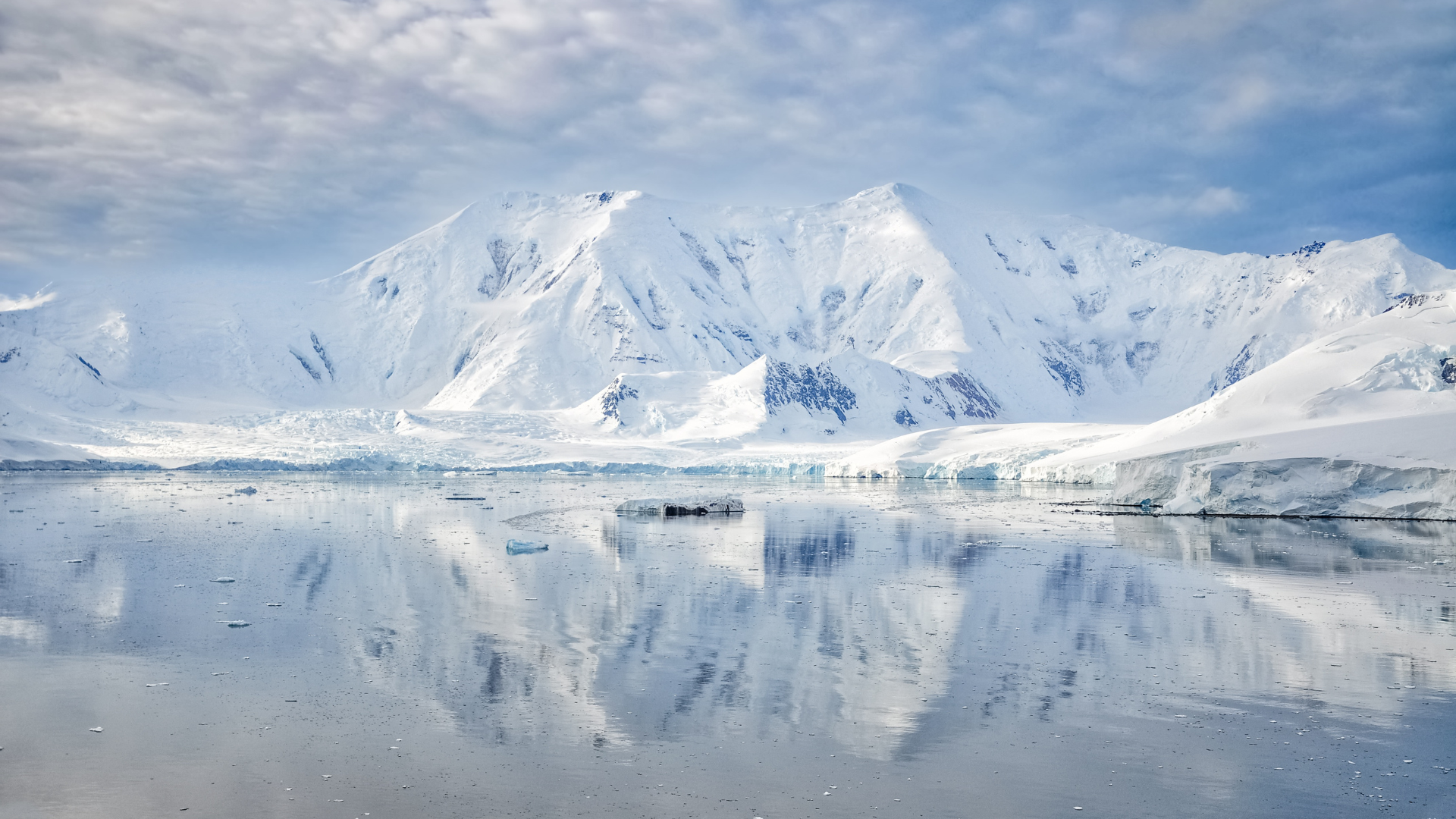Antarctica has experienced an unexpected increase in ice sheet mass between 2021 and 2023, a rare exception in the context of the long-term melting trend. A study by researchers at Shanghai’s Tongji University, published in the journal Science China Earth Sciences, shows a record ice mass increase of about 108 gigatons per year during this period. This is a significant change from the ice mass loss of 142 gigatons per year between 2011 and 2020. (New York Post)
Reasons for the ice sheet mass gain
The main factor responsible for the growth of the ice mass was precipitation anomalies, leading to heavy snowfall, especially in East Antarctica. Areas such as Wilkes Land and Queen Mary Land, which previously experienced accelerated melting, are now showing signs of stabilization due to increased snow accumulation. (LiveNOW from FOX)
The increase in Antarctic ice mass between 2021 and 2023 has slowed the rate of sea level rise by about 0.3 mm per year. However, despite this short-term deceleration, the total loss of Antarctic ice mass since 2002 is about 1.848 trillion tons, which has contributed about 5.99 mm to sea level rise by February 2020. (ScienceBlog.com)
Caution against hasty conclusions
While the current increase in ice mass is surprising, scientists warn against jumping to conclusions that it is a permanent trend. Weather anomalies may lead to short-term changes, but long-term forecasts still point to continued melting of the ice sheet as a result of global warming.
Sources: Science China Earth Sciences, New York Post, Live Now Fox, Climate Change Dispatch, SciTechDaily






